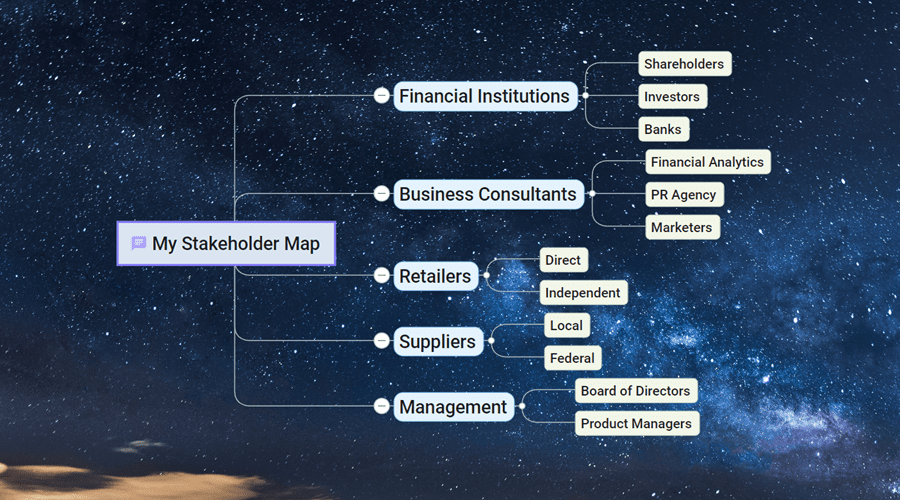Engaging the right people in the right way in a project can make a massive difference between success and failure. Other factors do play a role, such as aligning project deliverables and objective, holding productive meetings and delegating workload.
The management of all of these factors combined lead to success. However, the stand out success factor is ensuring all stakeholders are identified and on board with the project and that there is consensus of agreement.

Who Is A Project Stakeholder?
Project stakeholders are entities that have an interest in a given project and can be from inside or outside of an organisation.
A stakeholder typically:
Will sponsor a project, or have an interest or a gain upon a successful completion of a project; may have a positive or negative influence in the project completion.
According to the Project Management Institute (PMI), the term project stakeholder refers to, ‘an individual, group, or organisation, who may affect, be affected by, or perceive itself to be affected by a decision, activity, or outcome of a project’ (Project Management Institute, 2013). ISO 21500 uses a similar definition.
At a project kick off, consider the following:
- Have you identified all stakeholders?
- Who fits in the high interest / high power portion of the grid?
- Who are your allies?
- Are there any bystanders?
- Is there any person or group who might resist change?
Then what?
Once you have identified all the stakeholders the creation of a stakeholder matrix is key to helping you build a communication plan to help in your approach to Stakeholder Management. The amount of time you should allocate to managing stakeholders depends on the size and difficulty of your projects and goals, the time you have available for communication, and the amount of help you need to achieve the results you want.
Work through your list of stakeholders thinking through the levels of support you want from them and the roles you would like them to play (if any). Think through the actions you would like them to perform.
Identify the messages that you need to convey to your stakeholders to persuade them to support you and engage with your projects or goals. Typical messages will show the benefits to the person or organisation of what you are doing, and will focus on key performance drivers like increasing profitability or delivering real improvements.
Key Actions and Communications
Finally, work out what you need to do to win and manage the support of these stakeholders. With the time and resource you have available, identify how you will manage the communication to and the input from your stakeholders.
Focusing on the high-power/high-interest stakeholders first and the low-interest/low-power stakeholders last, devise a practical plan that communicates with people as effectively as possible and that communicates the right amount of information in a way that neither under nor over-communicates.
As project manager, it is your job to ensure a project runs smoothly, which often has you communicating changes in expectations or deliverables, so be prepared for both good and bad communication. Having relationships with all stakeholders will position you much better to be able to handle these scenarios should they occur.

